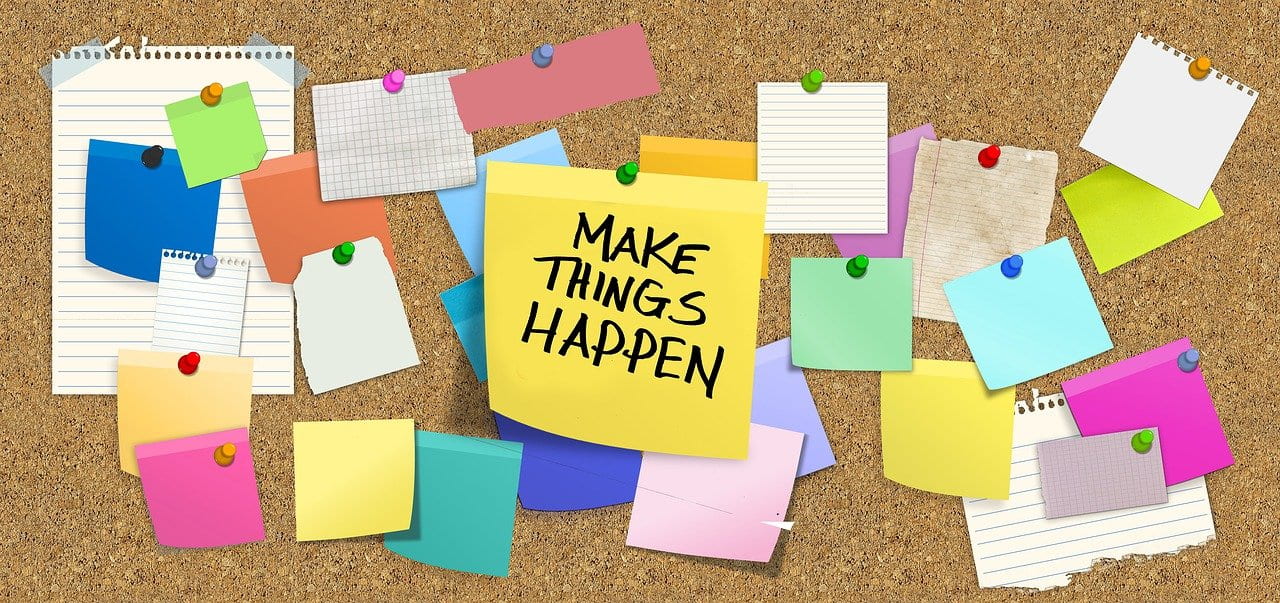What Might The Results Of This Presidential Election Suggest That Teachers (& Others) Should Do Going Forward?
Author: Larry Ferlazzo
Go to Source

geralt / Pixabay
It’s early Wednesday afternoon and, despite President Trump’s authoritarian declaration of victory, the final results of our Presidential election are still in doubt.
Earlier this week, I published Ideas & Resources About What & How To Teach The Day After The Election – Please Share Your Own Advice & Plans, which shared a variety of suggestions of how we teachers could handle this and other election scenarios in the classroom.
Today’s post is NOT a repeat of those strategies.
Instead, I want to talk about what I think we teachers, our unions, and others should consider as broader policy actions in response to this election, no matter what its final outcome.
This election shows us is that nearly half of the voters in our country support a man who has implemented almost countless racist policies, relentlessly attacked the rights of workers, and devastated environmental protections. He has worked to undermine public education and, of course, led a disastrous policy responding to the pandemic.
Why do so many voters support such a man?
Though small portions of people of color support him, his main source of strength comes from whites, and surveys clearly show the majority of his supporters fear losing “their place in the world” by living in a more diverse country and world. In other words, they support him because of his racist policies, not in spite of them.
He and many of his supporters have created an environment that results in this:
I was surprised, though I shouldn’t have been, at the level of fear among students of color at our school about physical violence against them & their families by Trump supporters if Biden wins. And we’re in CA. I wonder how they’re feeling in Red States.
— Larry Ferlazzo (@Larryferlazzo) November 3, 2020
So, whether Joe Biden ultimately wins the presidency or does not – and I fervently hope that he does – what should we do in the face of this reality?
There is little question that a large portion – perhaps even a majority – of Trump supporters are unlikely to ever change their racist views. However, that still leaves many millions who might be open to change.
I am not going to suggest that I have the answer. However, I’d like to share a few ideas based on both my nineteen-year career as a community organizer, as well as my post-organizing sixteen-year career as a high school teacher.
I’m listing suggestions here that teachers, our unions, and other like-minded individuals and groups can take now that do not necessarily lead to immediate big political fights. There are many other policies we can support, and we should. I’m just saying that in the context of responding to our present political situation, I think the ones I list here might have the greatest potential of success in changing minds.
And I could be wrong.
These ideas will serve more as a short outline of a policy action and policy agenda. I’m not intending to write a detailed policy paper though, perhaps, I might flesh out some of these ideas in future posts:
1. Support policies that increase the number of teachers of color. Check out The Importance of ‘White Students Having Black Teachers’: Gloria Ladson-Billings on Education and New & Revised: The Best Resources For Understanding Why We Need More Teachers Of Color for more information about the impact this change could have on whites and on students of color, as well as for specific suggestions of how to do it.
2. Support policies that help teachers develop skills in culturally responsive teaching. You can read more at The Best Resources About “Culturally Responsive Teaching” & “Culturally Sustaining Pedagogy” – Please Share More!, including how this strategy benefits students of all races and cultures.
3. Support the development of broad-based community organizations, with teachers unions and schools becoming parts of them (see We Need To Talk More About Schools As Mediating Institutions ). During my organizing career with the Industrial Areas Foundation, we built multi-racial organizations composed of unions, schools, religious institutions and community groups. As part of the organizing process, these groups conducted countless individual and house meetings to identify concerns, and came together – first on a “transactional” basis (you help me with getting increased water pressure in my neighborhood and I’ll help you get affordable housing in yours) – and then building towards genuine relationships. There was $11 billion spent on political campaigns this year – perhaps in future years some of that money could be spent on supporting this kind of community organizing, instead?
4. In addition to supporting the development of those broad-based community organizations, support a radical restructuring of typical electioneering to support a strategy of “exchanging stories” and “building relationships. This strategy, used effectively on smaller scale this year, was used on a much larger scale by the Obama campaigns. Obama’s failure, however, was not sustaining these kinds of efforts in between elections, and that’s where the importance of the third point, developing broad-based community organizations, comes in.
What do you think of this list and, importantly, what do you think should be added to it?
You might also be interested in these other resources:
The Best Websites For Learning About Civic Participation & Citizenship
The Best Posts & Articles On Building Influence & Creating Change
The Best Ways To Talk With Someone Who Disagrees With You
The Best Posts & Articles On How To Teach “Controversial” Topics
